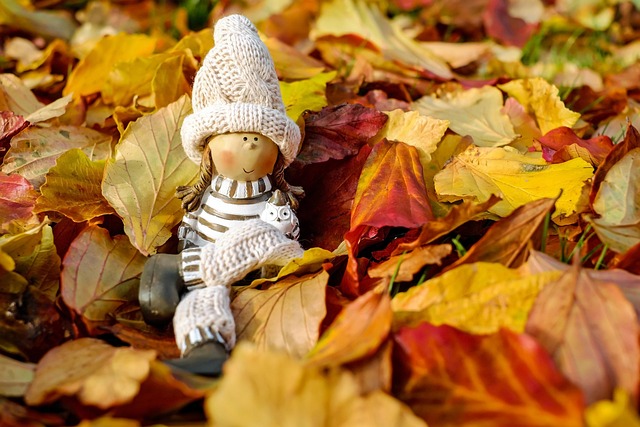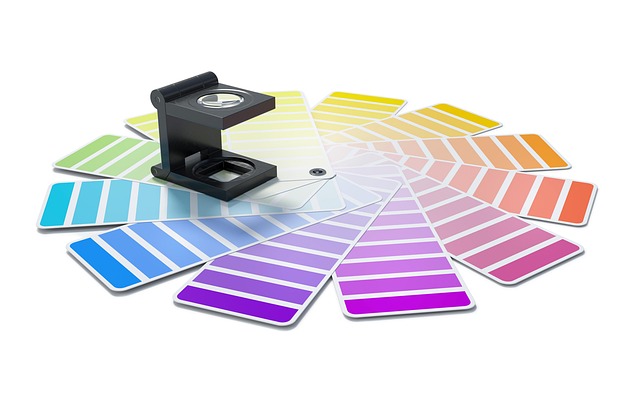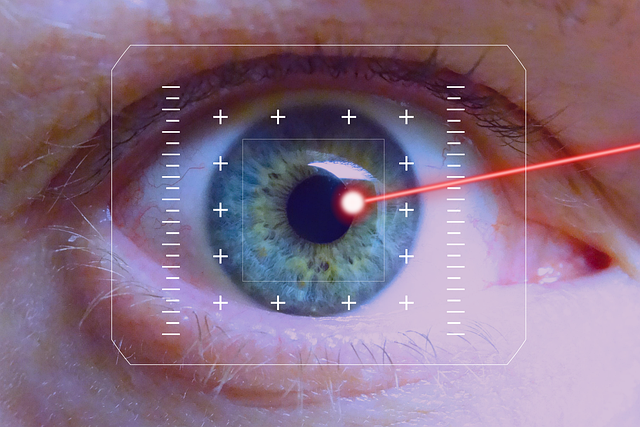In the world of contemporary photography, a figure caption is no longer just a decorative flourish. It has become an essential narrative device that bridges the visual language of the image with the viewer’s interpretation. A well‑crafted caption can transform a simple snapshot into a layered conversation, guiding the audience through emotion, context, and subtext. In this article we explore how artists, curators, and galleries can elevate their work by mastering the figure caption as a vital component of photo art.
The Role of the Figure Caption in Visual Storytelling
When a photograph is displayed without textual accompaniment, viewers often rely solely on visual cues: composition, lighting, and subject matter. While these elements are powerful, they can also leave room for ambiguity. A figure caption supplies missing information, anchors the image in a specific moment, and invites the viewer to engage on an intellectual level. Think of it as the bridge between the photographer’s intent and the audience’s perception.
- Contextualizes the scene: location, time, and circumstances.
- Highlights emotional undertones that may not be immediately visible.
- Offers insights into technical choices and artistic philosophy.
Balancing Brevity and Depth
One of the most common pitfalls in caption writing is either overloading the text with jargon or reducing it to a single word. A concise, evocative caption can be more impactful than a lengthy exposition. The key is to convey enough detail to inform without distracting. A good practice is to keep the caption between 20 and 35 words, allowing the image to remain the focal point while the text provides subtle guidance.
“A single moment, captured in silence.” – A sample caption that invites curiosity without dominating the image.
Design Principles That Inform Caption Placement
Beyond the wording, the visual placement of a figure caption matters. Designers often use typographic hierarchy, spacing, and contrast to ensure readability against varied backgrounds. When a photo has a dark or busy area, a lighter typeface with a semi‑transparent background can prevent the caption from blending into the image. In print, a clear gutter and generous margin give the caption room to breathe.
- Font size: 10–12 points for body text, 14–16 points for headlines.
- Color: high contrast with the image background.
- Alignment: left‑aligned for most Western audiences, center‑aligned for formal exhibits.
Integrating Cultural Sensitivity into the Caption
Photography is often an act of cultural representation. The figure caption must respect the subject’s identity and avoid exoticizing or simplifying complex narratives. This involves careful research, collaboration with community members, and a willingness to revise the text if it unintentionally misrepresents the subject. When the caption is crafted with empathy, it can become an educational tool that promotes understanding rather than appropriation.
Case Study: The “Silent Streets” Exhibition
In 2023, the Elevate Gallery hosted “Silent Streets,” a collection of urban portraits from six continents. Each photograph was paired with a figure caption that revealed a personal anecdote about the subject. For instance, a portrait of a street vendor in Lagos was accompanied by the caption, “After a day’s trade, he rests beneath the neon glow, his laughter echoing the city’s heartbeat.” The caption added a layer of intimacy, turning a candid snapshot into a narrative that resonated with audiences worldwide.
“In photography, the caption can be as powerful as the lens, turning light into language.” – Gallery Director, Elevate Gallery
Strategies for Writing Effective Figure Captions
Below are actionable tips that artists and curators can adopt to refine their captioning practice:
- Start with the image: Observe the mood, subject, and composition before writing.
- Ask three questions: Who, What, and Why? This ensures the caption addresses key facets.
- Use active voice: “She walks into the frame” is more engaging than “The frame is entered by her.”
- Avoid clichés: “A breathtaking view” can feel generic; instead, describe specific sensations.
- Iterate: Draft multiple versions, then select the one that aligns most closely with the artist’s vision.
Technical Considerations for Digital Platforms
When photographs are shared online, captions must adapt to responsive design. Text should remain legible on mobile devices, where screen real estate is limited. Web designers often employ scalable vector graphics (SVG) overlays or lightbox pop‑ups to display captions upon hover or tap. Additionally, the use of alt attributes in HTML can provide a textual description for accessibility, reinforcing the purpose of the figure caption for visually impaired users.
Future Trends: Interactive Captions and AI Assistance
As technology evolves, interactive captions that respond to user input are emerging. These captions can expand to reveal background stories, artist interviews, or related images when clicked. Moreover, artificial intelligence tools are beginning to assist in caption generation, suggesting phrases based on image recognition algorithms. While AI can streamline the process, the human touch—curation, nuance, and empathy—remains irreplaceable for authentic storytelling.
Conclusion: The Captivating Power of the Figure Caption
In the interplay between image and text, the figure caption serves as both a guide and a companion. By mastering this concise form of expression, photographers and galleries can deepen viewer engagement, enrich the narrative, and elevate the overall impact of photo art. Whether the goal is to contextualize a historical moment, highlight an artist’s technique, or simply evoke emotion, a thoughtfully crafted figure caption is an indispensable tool in the contemporary visual arts landscape.




